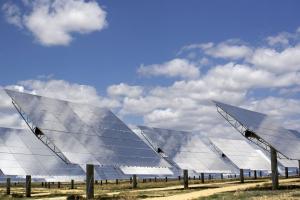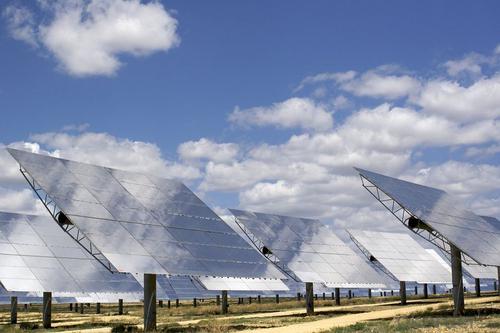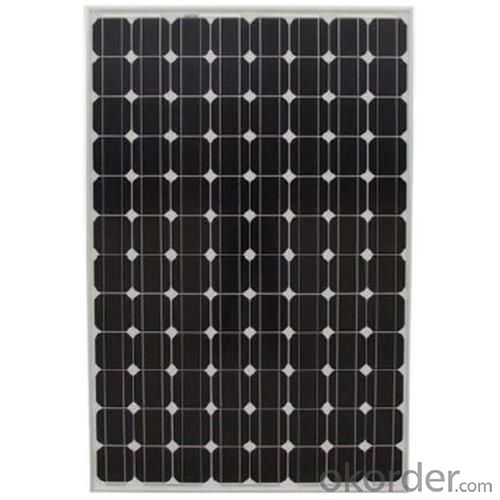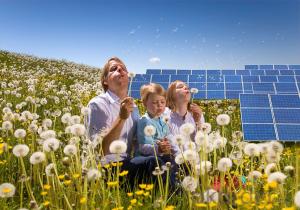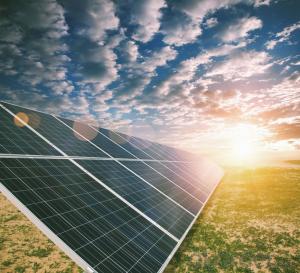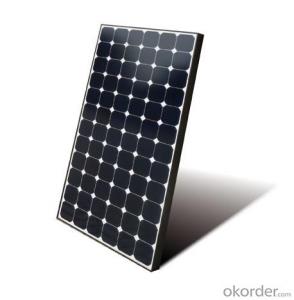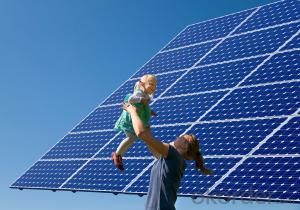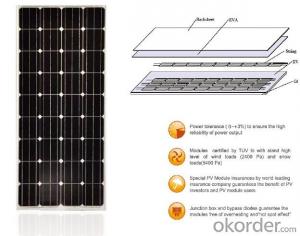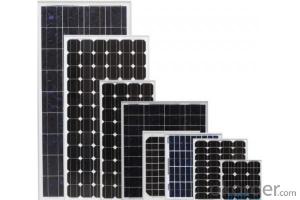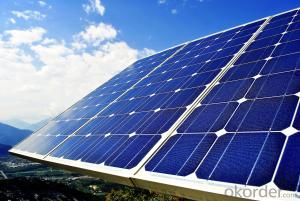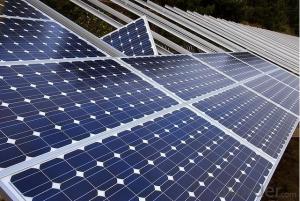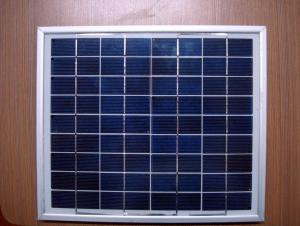Harbor Freight Portable Solar Panels - Solar Panel Solar Module PV Solar Grade 290W
- Loading Port:
- Shanghai
- Payment Terms:
- TT OR LC
- Min Order Qty:
- 1 watt
- Supply Capability:
- 10000000 watt/month
OKorder Service Pledge
OKorder Financial Service
You Might Also Like
Specification
Solar panel material
1. glass
Its main role is to protect the power generation ( solar cells ) , there is a selection of light transmittance requirements : 1 ) must be high transmittance (typically 91% or more ) ; 2 ) super white steel processing.
2. EVA
For bonding glass and power generation fixed body ( such as cells ) , transparent EVA material directly affect the life of components exposed to the air EVA prone aging yellow , thus affecting the transmittance components , thus affecting in addition to generating the quality of the components itself, the quality EVA lamination process on the component manufacturers is also very large, such as EVA plastic viscosity of non-compliance , EVA and glass, back bonding strength is not enough, can cause premature aging EVA, the affected component life.
3. Solar cells
The main role is to generate electricity , the electricity is the main market mainstream film crystalline silicon solar cells , thin-film solar cells , both have their advantages and disadvantages . Crystalline silicon solar cells , the equipment costs are relatively low , but the high cost of consumption and cells , photoelectric conversion efficiency is high, the next generation in outdoor sunlight is more appropriate ; higher thin-film solar cells , the relative cost of equipment , but the cost of consumption and battery low, relatively low photoelectric conversion efficiency of crystalline silicon solar cells , but the effect is very good low-light , in the ordinary light can also generate electricity , such as solar calculator .
4. backplane
Sealing, insulation , water ( usually with TPT, TPE , etc. ) the material must be resistant to aging , component manufacturers generally have warranty for 25 years , tempered glass, aluminum is generally no problem , the key lies in whether the backplane and can meet the requirements of silica gel.
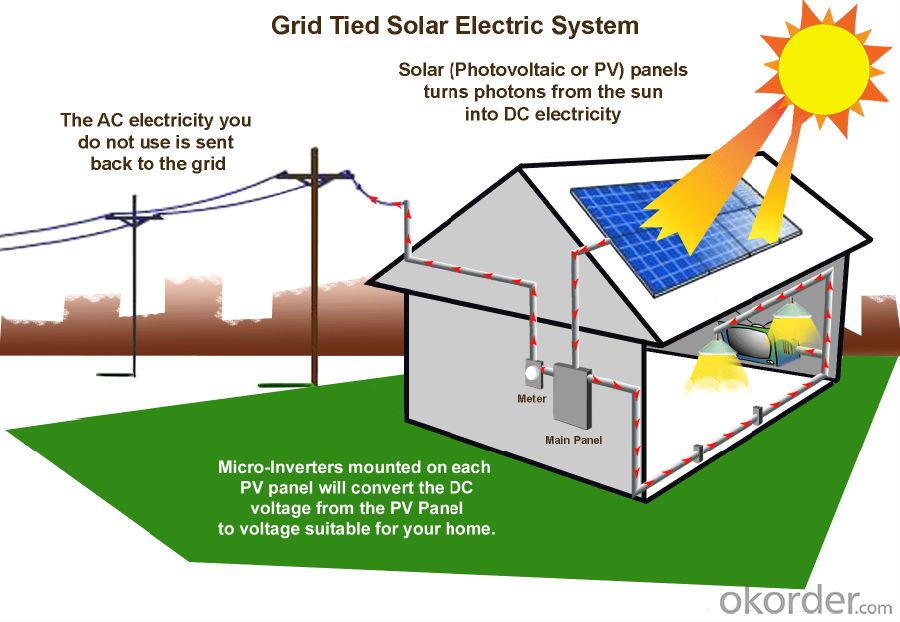
PERFORMANCE
- High effi ciency, multicrystalline silicon solar cells with high transmission and textured glass deliver a module effi ciency of up to 16.0%,
minimizing installation costs and maximizing the kWh output of your system per unit area.
- Tight positive power tolerance of 0W to +5W ensures you receive modules at or above nameplate power and contributes to minimizing
module mismatch losses leading to improved system yield.
- Q: I need to use solar panels to charge lead acid batteries in an off-grid application. I understand that solar panels have a open circuit maximum voltage and an maximum amperage under no resistance, and that one can optimize the power output by regulating the load (resistance). If so, is just connecting 2 -volt solar panels to a lead-acid battery inefficient? Are there devices that will maximize 2 volt output power (by varying the resistance)? Am I on the right track here? Thanks for any help.
- The answer is actually quite complicated, but if you're planning on building just a very small system, most likely, the panel will be small and weak. In this case, connecting a panel that is 8 volts open circuit directly to a lead-acid battery is probably the most efficient way to charge. There are charge controllers that you can buy, some of which actively track the maximum power point for charging your battery. Unfortunately, those controllers might eat 5 or 0 watts, just to get you another few percent of charging efficiency. If your panel is only 50 watts in the first place, you can see that this is not a good deal. If you're getting serious panels (clue: price $500 each), then you may very well benefit from a charge controller with MPPT (max power point tracking). Lead-acid, either a flooded cell like your car battery, or AGM, are the standard for solar energy storage. Lithium ion is better in many ways, being less sensitive to temperature, state of discharge, and they are also lighter. Charging them is also more straightforward with the right circuitry. The problem is, they cost like $500 per kWh, compared with less than a tenth that price for lead-acid.
- Q: I don't know anything about where to buy solar panels. I just want to save on the electric bills.
- Solar panels could supply an air conditioning unit but it would be SUPER expensive to do. Air conditioners are power hogs.
- Q: (For a project)I know they are made of silicon, but I want to EVERYTHING they are made of. Ex Metal (What kind)Please tell me everything used from their production to the finished projectThank you
- Solar panels are slabs of semi-conductor metal. Technically speaking, they are a slab of silicon semi-conductor doped or added with impurities to make it a better conductor. Solar panels could also be made of Gallium Arsenide which is a semi-conductor metal exclusively used in photo-voltaic cells.The silicon slabs are polished and glossed before doping. After processing, for protection, a thin glass layer is embossed on the solar cells slab. Silicon also is shiny and reflects about 35% of sunlight. Hence, an anti-reflective coating is usually applied over the slabs to reduce the amount of sunlight lost.
- Q: Photo-Voltaic solar panels are very expensive. Most of a home's energy needs are for heating water, heating and air-conditioning. All of these can be met with thermal solar collectors which are much less expensive. The thermal solar panels would heat water stored in a hot water tank which then can be used as hot water, to heat the home, or as the heat source to a Lithium Bromide Absorption chiller to air-condition a home. With the base line needs met without expensive panels and without inefficient energy conversions, only a small Photo-Voltaic array would be needed for the remaining power needs and since those needs are variable, there would still be power to sell to the grid.
- Solar thermal systems aren't really that much cheaper. You have to have complex systems to pump the water, heat exchangers, regulate the temperature in the panels so it doesn't get too hot, regularly inspect it for leaks, have a system to maintain a constant output temperature, etc. The return on investment of such systems are usually very long, on the order of several decades, even for very large buildings. If they were cost competitive with traditional heaters then they would already be much more widely used I think. Plus with solar thermal you have the unfortunate reality that technologically they aren't going to get much more advanced. That's probably not the case for PV panels. So the only way I can really see solar thermal being used on a larger scale would be some kind of subsidy. PV on the other hand may have a breakthrough tomorrow that drastically reduces its cost. I'd be curious to find out how well those solar AC units actually work though, I can see how they might have potential.
- Q: We see increasing, what appear to be, solar panels on electric poles?
- Solar powered street lights . They work really well but expensive
- Q: How efficient are solar panels when it comes to turning light into energy? If it's not 00%, why? Can it be improved? Also, how do solar panels work, exactly.
- SUNLIGHT okorder /
- Q: how to use a motor with solar panel
- photograph voltaic capability is somewhat fluctuating capability source and so it may be greater advantageous if u could save the photograph voltaic capability in a battery. The battery is then related to the motor. returned connect the motor with a zener diode to the photograph voltaic panel because of the fact if u dont u could have a case of decrease back emf producing from the motor and getting discharged interior the photograph voltaic panel that could injury it. further the battery additionally ought to be having a diode circuit which might avert it style discharging into the photograph voltaic panel. hoping that this facilitates..
- Q: Are solar panels noisy?
- No, solar panels are not noisy. They operate silently as they convert sunlight into electricity without any moving parts.
- Q: Does any one know how to make a solar panel or a type of Alternative energy maker. Best answer gets 0 points
- shows some solar cookers. These might be usable instead of a barbeque grill.
- Q: i also need to know how does a solar panel work
- When sun light reaches solar panels, it releases electrrons to make an electric current. They are made od silicon or germanium which has this property. Photons in the sun light when hit on semiconductor like silicon, releases electrons o make the current flow.
Send your message to us
Harbor Freight Portable Solar Panels - Solar Panel Solar Module PV Solar Grade 290W
- Loading Port:
- Shanghai
- Payment Terms:
- TT OR LC
- Min Order Qty:
- 1 watt
- Supply Capability:
- 10000000 watt/month
OKorder Service Pledge
OKorder Financial Service
Similar products
Hot products
Hot Searches
Related keywords
